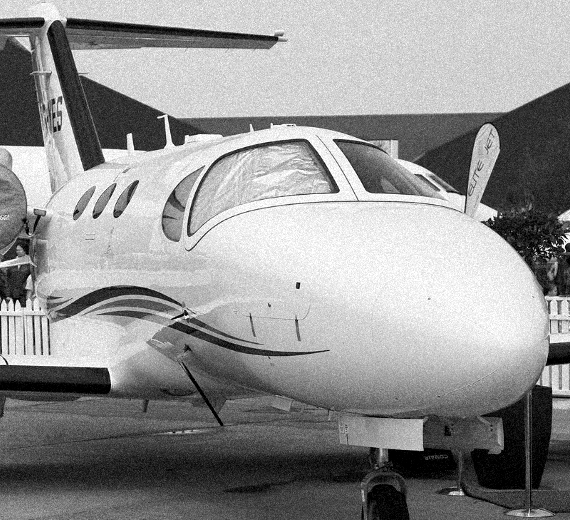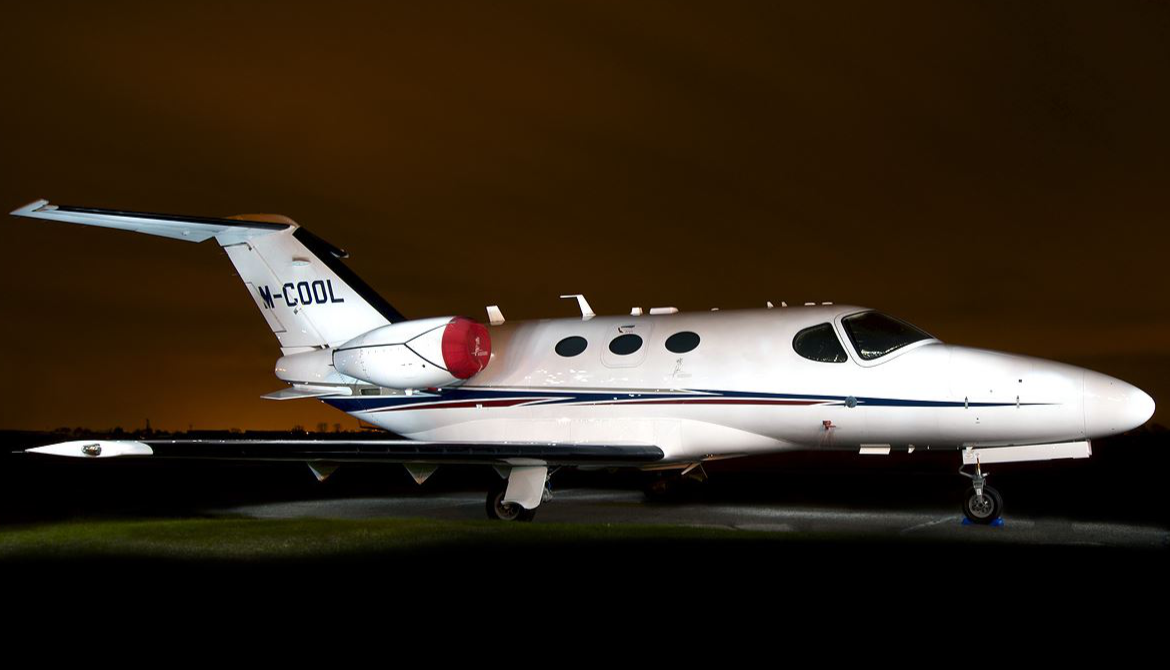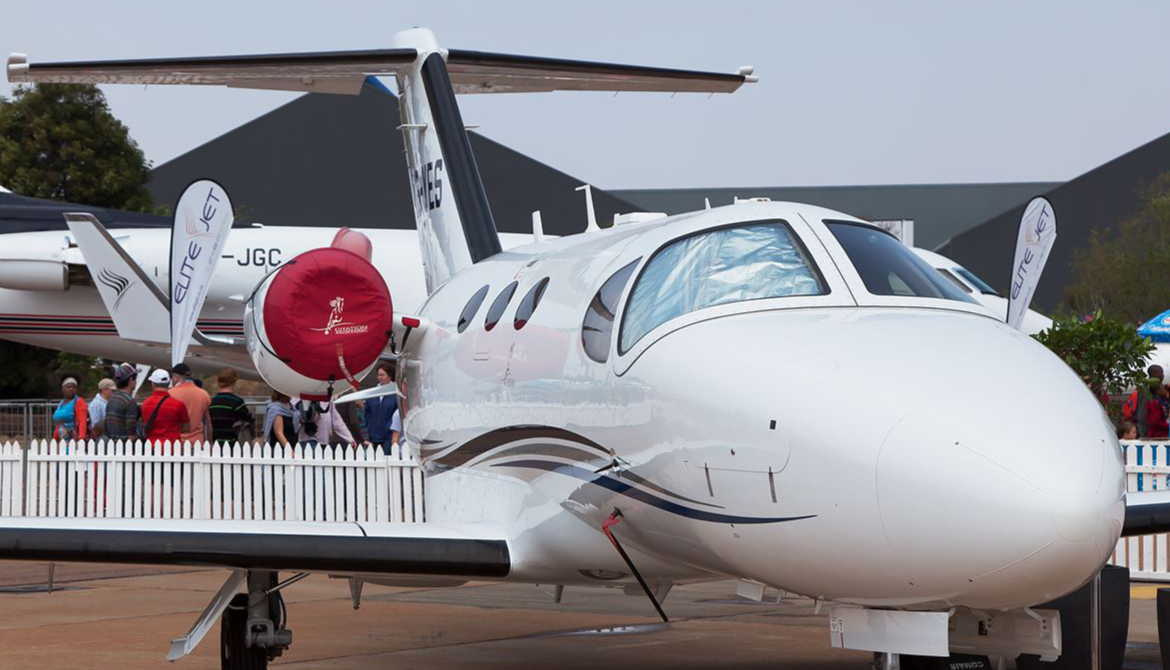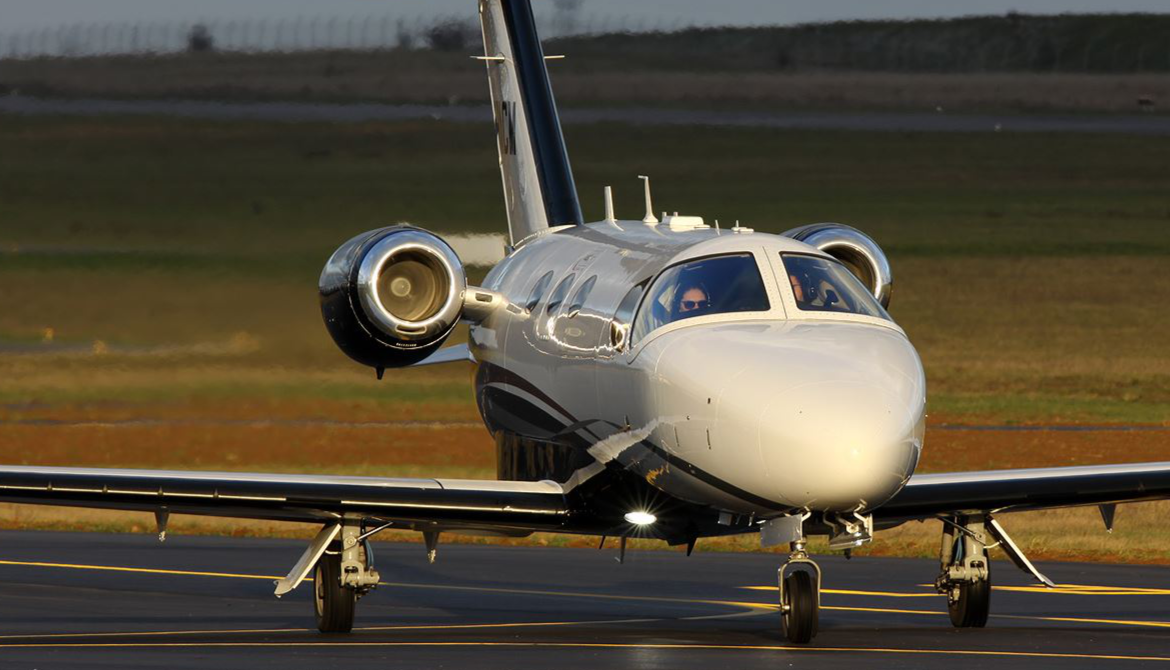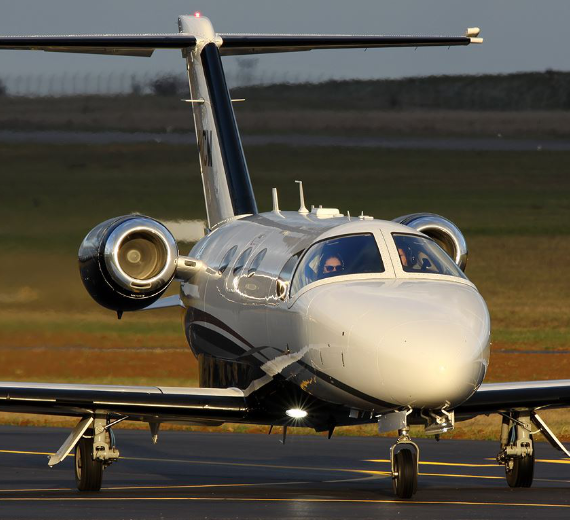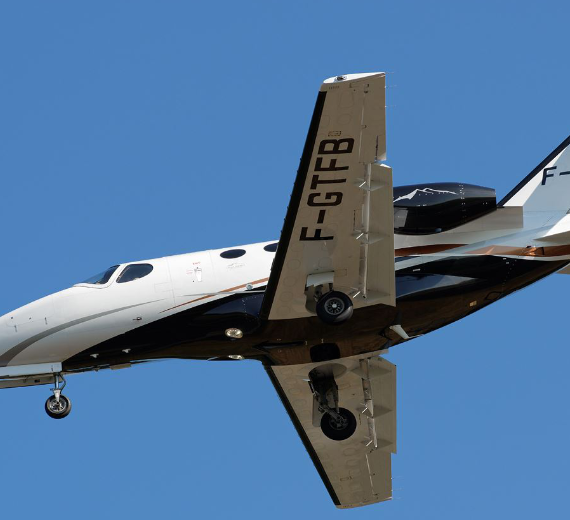Reims/Cessna
177 Cardinal
| Role | Light utility aircraft |
|---|---|
| Manufacturer | Cessna Aircraft Company |
| First flight | July 15, 1966 |
| Introduction | 1968 |
| Produced | 1968–1978 |
| Number built | 4,295 |
.
History Cessna Aircraft Company
Reims/Cessna 177 Cardinal

The Cessna 177 Cardinal is a light single-engine, high-wing general aviation aircraft produced by Cessna. It was intended to replace the Cessna 172 Skyhawk. First announced in 1967, it was produced from 1968 to 1978.
The Cessna 177 was designed in the mid-1960s when the engineers at Cessna were asked to create a "futuristic 1970s successor to the Cessna 172". The resulting aircraft featured newer technology such as a cantilever wing lacking the lift struts of previous models, and a new laminar flow airfoil. The 177 is the only production high-wing single-engined Cessna since the Cessna 190 & 195 series to have both fixed landing gear and a cantilever wing without strut bracing.
Design
The 177, with its 150 hp (112 kW) powerplant, was considered "underpowered", even though it had more power than the 145 hp (108 kW) Cessna 172.
Cessna 177A
Recognizing that the aircraft was underpowered, Cessna introduced the 177A in 1969. The revision featured a 180 hp (135 kW) four-cylinder Lycoming O-360, moving the design's price and role somewhere between that of the 172 and 182. The additional power improved cruise speed by 11 knots (20 km/h).

Cessna 177B
1970 saw the introduction of the 177B, which had a new wing airfoil, a constant-speed propeller, and other minor improvements. When empty, the 177B weighed 145 lb (66 kg) more than the earlier 177, with its maximum takeoff weight increased from 2,350 lb (1,067 kg) to 2,500 lb (1,135 kg).
In 1978, Cessna built a deluxe version of the 177B, the Cardinal Classic, with leather upholstery, a table for the rear passengers, and a 28-Volt electrical system.

Cessna 177RG
The final aircraft in the 177 line was the retractable-gear 177RG Cardinal RG, which Cessna began producing in 1970. Both the nose-wheel and main wheels retract rearwards, with the nose-wheel enclosed by doors when retracted.
0
KmCeiling
0
KmMAX RANGE
0
Km/hAircraft Speed
0
Max Crew
Photo Gallery
Cessna Aircraft Company
Reims/Cessna 177 Cardinal


Cessna Aircraft Company
Reims/Cessna 177 Cardinal
General Info
-
-
- Crew: 1
- Capacity: 3 passengers
- Length: 27 ft 8 in (8.43 m)
- Wingspan: 35 ft 6 in (10.82 m)
- Height: 8 ft 7 in (2.62 m)
-
Powerplant
-
-
- Wing area: 174 sq ft (16.2 m2)
- Empty weight: 1,495 lb (678 kg)
- Max takeoff weight: (1,134 kg)
- Powerplant: 1 × Lycoming O-360-A1F6D air-cooled flat-4 engine, 180 hp (130 kW)
-
Performance
- Maximum speed:(157 mph, 252 km/h)
- Cruise speed: (143 mph, 230 km/h)
- Range: 604 nmi (695 mi, 1,119 km)
- Service ceiling: 14,600 ft (4,500 m)
- Rate of climb: 840 ft/min (4.3 m/s)
.
Links to Youtube & Others
To offset the 145 lb (66 kg) increase in empty weight, much of which was from the electrically powered hydraulic gear mechanism, the 177RG had a 200 hp (149 kW) Lycoming IO-360 engine.[2] This also allowed increase of the maximum weight by 300 lbs.
Reims/Cessna 177 Cardinal
The 177 design was intended to be a replacement for the 172, which was to be discontinued after introduction of the new aircraft.
Youtube Link
The 177 offers much better upward visibility than a 172 because of its steeply raked windshield and more aft-mounted wing.
